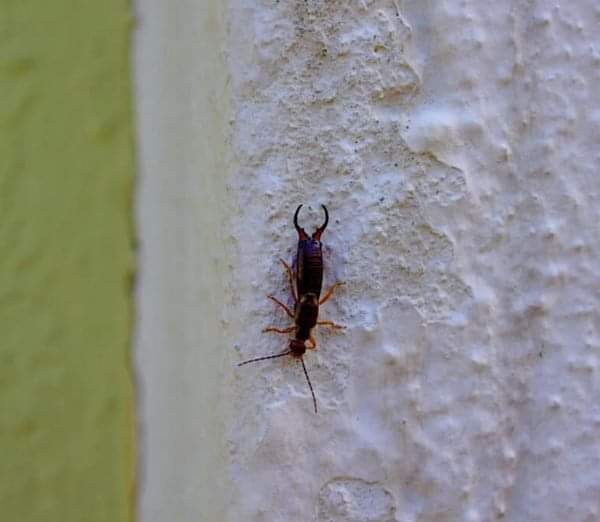In fine weather, these familiar little creatures flutter and scamper through meadows, fields and gardens.
The ladybug, the beast of God
There are a multitude of species known as ladybugs. Among the six thousand recorded in the world, the most common in our latitudes have five or seven black spots on their red shell. According to tradition, the first species evokes the five wounds of Christ. The second recalls the number of days in the week and the seven sacraments required by the Catholic Church. The most widespread nicknames, beast of God, cow (or chicken) of God and horse of the Virgin, therefore come from this biblical symbolism. The ladybug is also called catherinette in Champagne and barboulotte in Morvan. In fact, these beetles eat aphids and other mealybugs that are harmful to crops. Their diet has therefore made ladybugs the historical allies of gardeners. This helping hand was well worth some nice little nicknames…
The dragonfly, a frail carnivore
This insect flies over bodies of water with grace, silence and speed, waving its four ribbed and translucent wings. The anatomist Georges Cuvier named the species dragonfly in 1798. This word evokes its very straight gliding flight (from the Latin libella meaning level). A subspecies, with a very elongated abdomen, is nicknamed “the damsel”. Observing it more closely, we notice its large bulging eyes and its grinding mouthparts. A big consumer of insects, this lady would rather resemble a butcher boy!

The firefly, a fire fly
During starry nights, this bioluminescent beetle spends its time fluttering above bushes or lawns, hence its nickname fire fly. The Florentine writer Dante found its name after 1300, naming it lucciola (the little light) in Inferno, first part of The Divine Comedy. This Italian word became lufly in French from the 18th century. The light produced can be yellow or green. The frequency and intensity of flashes depends on the species and sex. The male thus seeks to be noticed by a female lying on the ground. This (the glow worm itself) is often incapable of flight. She responds – or not – to her beacon calls.

The earwig, he came to grip
Since the Renaissance, people have been keen on the forficula (from the Latin forficula, small scissors). Its two pincer-shaped hooks are reminiscent of the tweezers then used by the goldsmith to pierce the lobe of an ear. The insect was therefore nicknamed earwig from 1564. According to another explanation, the ear designates, in fact, a quarter of an apricot. This nocturnal omnivore, fond of fruits and aphids, is very popular with children because of its worrying appearance and its often misunderstood name. Of course, he never enters a sleeper’s pavilion to pierce his eardrum! Its claws (or cerques) are used to repel an attacker, if it has time to turn around…

The gendarme, in red and black
Because of its very showy appearance, the pyrrhocore collects nicknames. The gendarme, the soldier or even the Swiss allude to the red uniform of the gendarmes (contraction of “gens d’armes”) and Swiss guards recruited into the royal army in the 18th century. Children often call it the “man’s head” because of the African mask drawn in black on its shell. In winter, the insect takes refuge under the bark of trees or dead leaves. To feed, it sucks the juice from rotting lime tree seeds or insects. In the summer, it likes to warm itself in the sun, hence its other nickname: the midday seeker. The bug lives with its peers in colonies, not to mention gendarmerie brigades.

The cicada, queen of
cymbal
ADVERTISEMENT

